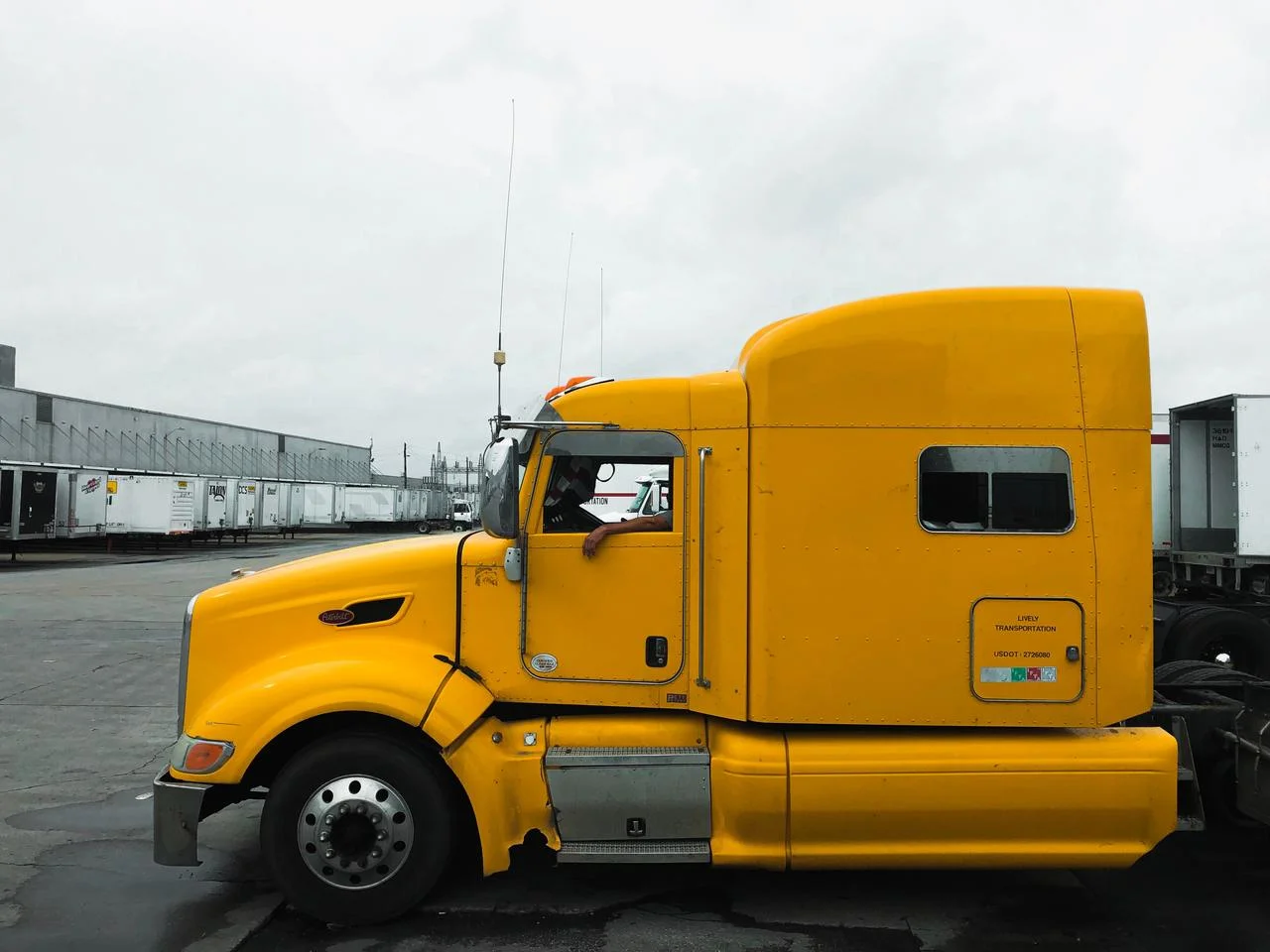Understanding the Dynamics of Truck Accidents

While all vehicular accidents can be traumatic, collisions involving large trucks are distinct in their impact, complexity, and aftermath. Given their size and weight, trucks pose a different set of risks on the road compared to passenger vehicles. This post will explore the unique dynamics of truck accidents, shedding light on what sets them apart and how they’re approached in a legal context.
Size Matters: The Disproportionate Impact
- Physical Damage: Given their mass, trucks can cause significantly more damage than standard vehicles upon impact. This can lead to more severe injuries or, sadly, fatalities for those in smaller vehicles.
- Stopping Distance: Trucks require a much longer distance to come to a complete halt compared to passenger vehicles. This fact can be a contributing factor in collisions, especially if sudden braking is required.
- Blind Spots: Large trucks have expansive blind spots, often termed “no-zones.” These areas can encompass the spaces directly behind the truck, directly in front, and along each side, especially adjacent to the truck’s cab.
Unique Causes and Considerations
Truck accidents don’t just differ in impact; they also have distinct causative factors:
- Driver Fatigue: Truck drivers often work long hours and may be on the road for extended periods, leading to fatigue, which can impair judgment and reaction times.
- Cargo-Related Issues: Improperly loaded or secured cargo can lead to imbalances, making the truck harder to control. In some instances, cargo can spill onto the roadway, causing additional hazards.
- Maintenance Concerns: Given the distances they cover, trucks require rigorous maintenance. Mechanical failures due to inadequate upkeep can be a significant factor in accidents.
The Complexity of Liability
Another dynamic that sets truck accidents apart is the complexity surrounding liability:
- Multiple Parties: Beyond the truck driver, various entities could be held responsible, including the trucking company, cargo loaders, or truck maintenance technicians.
- Regulatory Factors: The trucking industry is subject to a myriad of regulations, from cargo limits to mandatory rest periods for drivers. Violations of these regulations can play a role in determining negligence.
- Insurance Implications: Trucks often have much larger insurance policies compared to passenger vehicles. This can influence the strategy of insurance adjusters and the progression of claims or lawsuits.
Essential Takeaways
Understanding the unique dynamics of truck accidents is vital, both for those who share the roads with these large vehicles and for individuals who might unfortunately find themselves involved in such an accident. Here are some steps to consider:
- Stay Vigilant: Recognize the limitations and challenges truck drivers face and adjust your driving accordingly, such as keeping a safe distance and avoiding blind spots.
- Document Thoroughly: If involved in an accident with a truck, document every detail. This includes taking photos, gathering witness accounts, and noting any violations or irregularities.
- Seek Expertise: Given the complexities associated with truck accidents, consulting with an experienced attorney can provide invaluable guidance, ensuring victims understand their rights and the avenues available for justice and compensation.
Conclusion
The intricate dynamics of truck accidents underscore the importance of road safety and the distinct challenges that arise when these mammoth vehicles are involved. By staying informed and proactive, individuals can better navigate these complexities and advocate for their rights.
